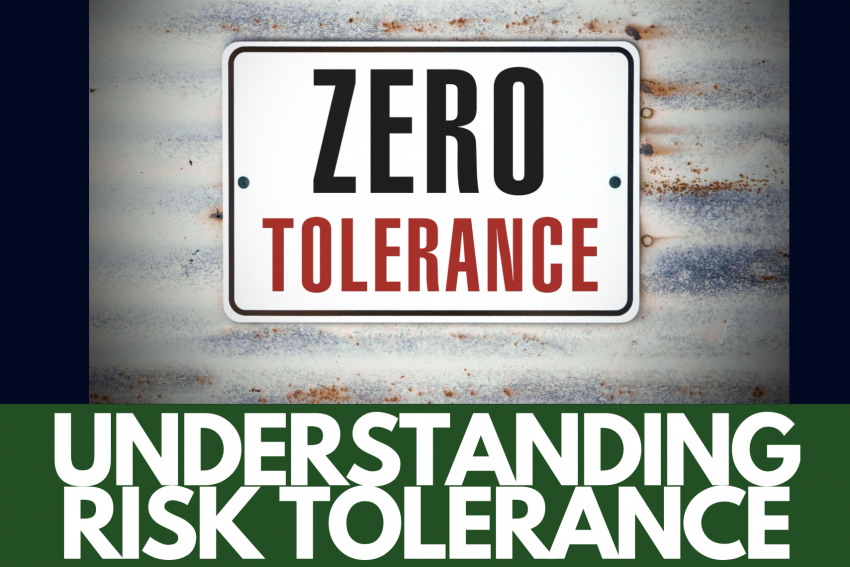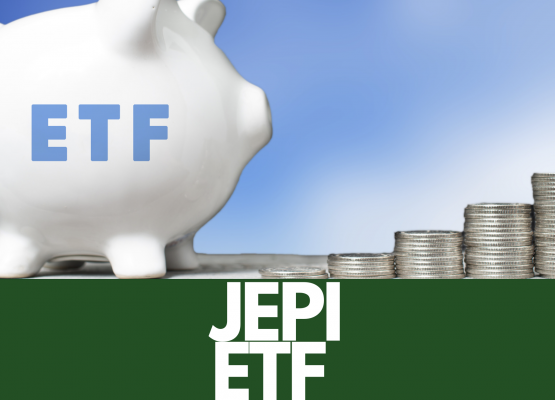Risk tolerance is a fundamental concept in investing, yet it’s often overlooked or misunderstood by many investors. In the world of finance, risk tolerance refers to an individual’s willingness and ability to withstand fluctuations in the value of their investments. Understanding your risk tolerance is essential because it influences the types of investments you choose and how you allocate your portfolio. In this article, we’ll delve deeper into the concept of risk tolerance, why it matters, and how to assess and manage it effectively.
What is Risk Tolerance?
Risk tolerance is a measure of how much volatility or uncertainty an investor can comfortably handle in their investment portfolio. It encompasses both emotional and financial aspects. Emotionally, it reflects an investor’s psychological ability to endure market fluctuations without making impulsive decisions. Financially, it relates to an investor’s capacity to absorb losses without jeopardizing their financial well-being or ability to meet their financial goals.
Assessing Your Risk Tolerance:
Assessing your risk tolerance involves evaluating various factors that influence your comfort level with risk. These factors include:
- Financial Goals: Consider your investment objectives and time horizon. Are you investing for retirement, a major purchase, or wealth accumulation? Longer time horizons generally allow for a higher risk tolerance as there is more time to recover from market downturns.
- Investment Experience: Your experience with investing plays a role in determining your risk tolerance. Novice investors may have a lower tolerance for risk compared to seasoned investors who are more familiar with market fluctuations.
- Financial Situation: Assess your financial stability, including income, savings, debts, and expenses. Investors with stable incomes and ample savings may have a higher risk tolerance compared to those with precarious financial situations.
- Emotional Response to Risk: Reflect on your emotional reactions to market volatility. Are you comfortable with the ups and downs of the market, or do fluctuations cause anxiety and stress? Understanding your emotional response to risk is crucial in determining your risk tolerance.
Managing Your Risk Tolerance
Once you’ve assessed your risk tolerance, it’s important to align your investment strategy accordingly. Here are some strategies for managing your risk tolerance effectively:
- Asset Allocation: Diversify your portfolio across different asset classes, such as stocks, bonds, real estate, and cash equivalents. Adjust the allocation based on your risk tolerance and investment goals.
- Risk Management Techniques: Utilize risk management techniques such as dollar-cost averaging, setting stop-loss orders, and rebalancing your portfolio periodically to maintain your desired risk level.
- Regular Reviews: Periodically review and reassess your risk tolerance, especially during significant life changes or shifts in financial circumstances. Adjust your investment strategy accordingly to ensure it remains aligned with your risk tolerance and financial goals.
Conclusion:
Understanding and managing your risk tolerance is a critical aspect of successful investing. By assessing your risk tolerance accurately and aligning your investment strategy accordingly, you can build a portfolio that reflects your financial objectives while minimizing the potential for emotional stress and financial loss. Remember, risk tolerance is not static and may evolve over time, so it’s essential to periodically reassess and adjust your investment approach as needed. By doing so, you can navigate the complexities of the financial markets with confidence and achieve long-term investment success.




